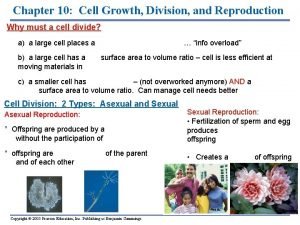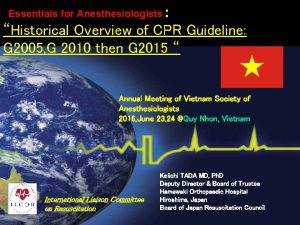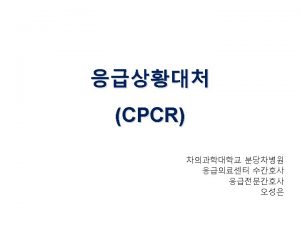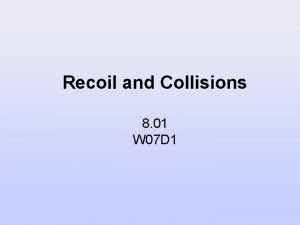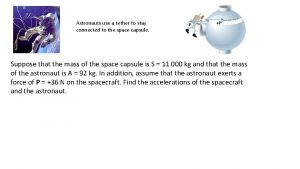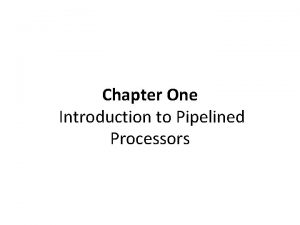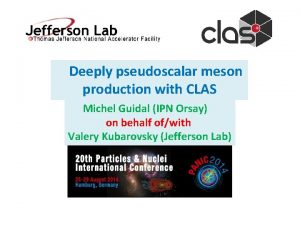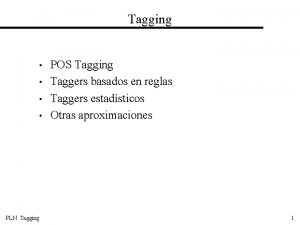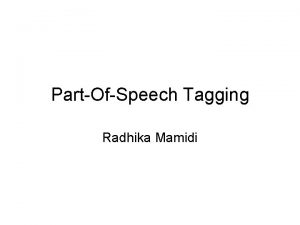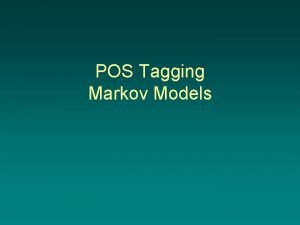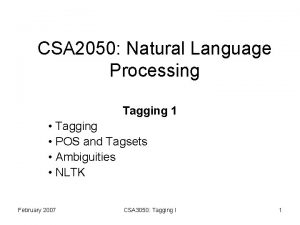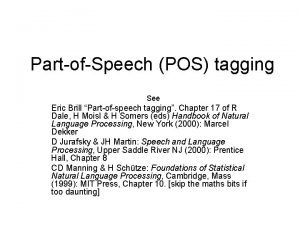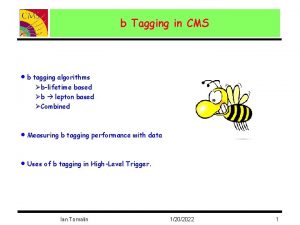26 June 2009 Recoil Tagging in Deeply Virtual












- Slides: 12

26 June 2009 Recoil Tagging in Deeply Virtual Exclusive Reactions on Nuclei Charles Hyde

Conclusions • For Nuclei ≥ 4 He, the recoil nucleus is § INSIDE the transverse admittance of the FF Quads § OUTSIDE the longitudinal admittance of the ring lattice § The Nuclei are detectable at high resolution with far forward tracking in the lattice.

Deep Virtual Exclusive Scattering k' k • • e+ e+ + e + AZ + ( AZ + J/ Hard scale, Q 2 or MJ/ AZ q' q AZ P § Perturbative coupling to quarks and gluons • Soft Recoil § Q P'

ep DVES Collider Kinematics • s=(k+P)2 = 2 k(E+P) • Q 2 = 2 kk’(1 -cos e) § x. B = Q 2/(2 q·P) § 0≤ x. B ≤ 1 • • • P = [P+, 0 T, P ]= [(E+P)/21/2, 0 T, M 2/(2 P+)] P’ = [(1 -2 )P+, T, M 2/(2 P+(1 -2 ))] = P’-P = [ -2 P+, T, 2 M 2/(2 P+(1 -2 ))] = 4 M 2/(1 -2 ) T 2 As Q 2 ∞ and /Q 2 0 § 2 2 x. B/(2 -x. B) = Q 2/(2 q·P) • The beam proton loses longitudinal momentum fraction 2 while receiving a transverse kick T.

e. A DVES Collider Kinematics • PA = ZP § P is defined by ring, P ≤ 60 Ge. V/c § PN=PA/A = P(Z/A). § s. A=(k+PA)2 ≈Zs • x. B = Q 2/(2 q·PN) § 0< x. B <A • PA’ = [(1 -2 )PA+, T, MA 2/(2 PA+(1 -2 ))] § Kinematically, 2 is bounded by • 0<2 < A § Realistically, 2 z is bounded by • 0<2 <1 • = 4 M 2/(1 -2 ) T 2 • The beam ion loses momentum fraction 2 /A

Nuclear Sizes • Nuclear rms radius § RA ≈ (1 fm) A 1/3. • Coherent Cross sections § Exp(2 RA 2 § Cross section drops rapidly for RA 2 =(200 Me. V/c)2 / A 2/3. • This puts a practical upper bound on the acceptance needed in T

Interaction Point Optics • Ultra-High Luminosity Tune § Ion Beam rms angular spread ≈ 1 mr § Transverse momentum spread • Z P (1 mr) ≈ (60 Me. V/c) Z § Transverse admittance ≤ 10 rms. • Admittance ≤ (600 Me. V/c) Z • Coherent cross sections for § PT < (200 Me. V/c) / A 1/3. • For ≥ 4 He, coherent recoil nuclei are within (few x) rms angular spread of ion beam § Detect downstream of FF Quads within FF acceptance

Longitudinal Admittance of Ring • CEBAF long rms spread is 0. 0001 § Admittance ≈ 0. 001 • DVES recoil ions, momentum loss fraction § 2 /A § Typical ELIC physics/detector (e, e’) kinematics • 0. 02 < 1 • Assume ions are detectable somewhere in lattice if 2 /A > 0. 001 § 2 for 20 Ne § 2 for 4 He • Largest (realistic) value is 2 ≈1. § What happens to an ion with momentum loss fraction 2 /A as large as 0. 25?

Ring Lattice • What is longitudinal admittance of FF, Ring ? § High dispersion Ring Lattice, Yuhong Zhang • 1. 3 m at center of supercell = 1. 3 cm per % § Low Dispersion Alex Bogazc. • Need a high dispersion (D/ >1) section § Separate recoil nuclei from beam by ≥ 5 mm • Tagging ions with 2 /A≥ 0. 001 requires (0. 001 D) > (10 x) = 10[ x x]1/2. e. g. D=5 m, x. N=1µm, x. G=33 nm x=6 m Ø 0. 001 D=1 cm > 5 mm ≈ (10 x) § Measure angles to 1 mr to measure momentum to 10 -3. • Need Drift space ≈ 1 m • 10 -4 longitudinal momentum resolution achievable with 100 micron resolution if Dispersion ≥ 1 m § This resolution has large impact on exclusive physics program

Ion Ring – large disp. lattice (100 Ge. V) phase adv. /cell ( x= 600, y=600) Arc dipoles $Lb=200 cm 6 cells superperiod achromat large dispersion ( ~ doubled) $B=81. 6 k. G Arc quadrupoles $Lb=40 cm $G= 14 k. G/cm MEIC Meeting, Alex Bogacz Figure-8 Ion Ring Minimum Dispersion Lattice JLAB-TN-06 -052 Abstract PDF Alex Bogacz March 13, 2009

Minimum disp. Ion Ring – lattice (100 Ge. V) phase adv. /cell ( x= 600, y=600) 3 transition cells with shorter (2/3) dipoles periodic (minimum) dispersion in the arc Arc dipoles $Lb=200 cm $B=81. 6 k. G Arc quadrupoles $Lb=40 cm $G= 14 k. G/cm MEIC Meeting, Alex Bogacz Figure-8 Ion Ring Minimum Dispersion Lattice JLAB-TN-06 -052 Abstract PDF Alex Bogacz March 13, 2009

Discrete ambiguity • More than one tracker for different momentum loss regimes § 0. 01 -- 0. 1 § >0. 1 • Even with multiple IP, it is sufficient to have one set of tracking stations. § Overcompleteness of event will allow experiment to decide if tagged ion came from IP 1 or IP 2, etc.
 Push hard push fast fully recoil
Push hard push fast fully recoil Capnoea
Capnoea Spindles recoil and split tetrads in half
Spindles recoil and split tetrads in half Push hard push fast fully recoil
Push hard push fast fully recoil Mild foreign-body airway obstruction
Mild foreign-body airway obstruction Push hard push fast fully recoil
Push hard push fast fully recoil Compliance elastance
Compliance elastance Pea rhythm
Pea rhythm Recoil collision
Recoil collision 2. 'foresight is deeply rooted within intuitive mind.'
2. 'foresight is deeply rooted within intuitive mind.' Suppose your car was mired deeply in the mud
Suppose your car was mired deeply in the mud Physical function of art
Physical function of art Internal forwarding and register tagging
Internal forwarding and register tagging


